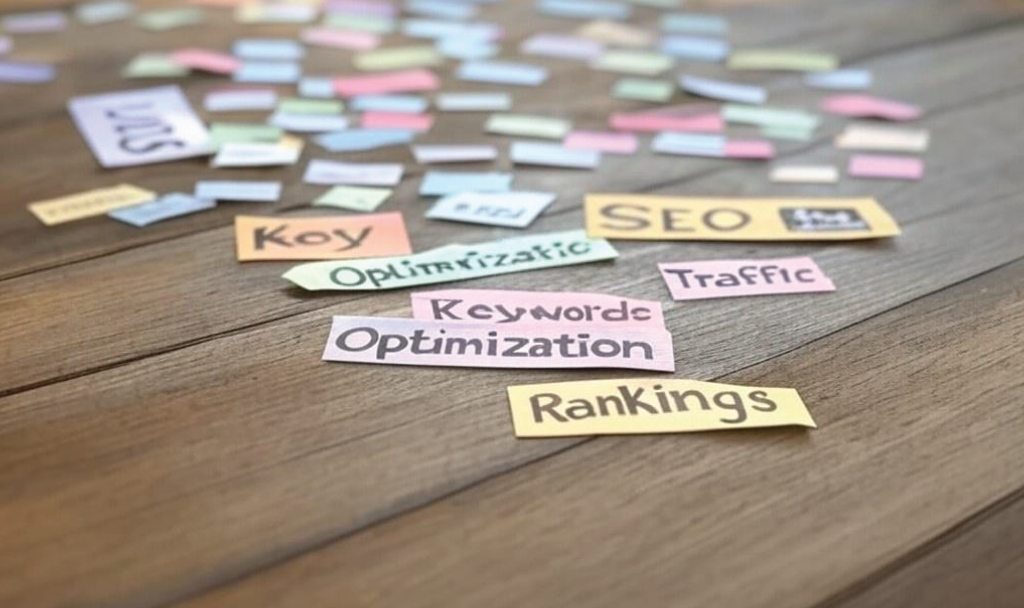AI writing tools have revolutionized the way content is created, managed, and published, offering unprecedented efficiency and scalability. When paired with WordPress, the world’s most popular content management system, these tools become a powerhouse for content creators, marketers, and businesses aiming to streamline their workflows. By combining the capabilities of AI and WordPress, users can craft high-quality, optimized content faster than ever, without sacrificing creativity or SEO.
The Power of AI in Content Creation
AI writing tools leverage advanced language models to generate content that is not only engaging but also tailored to specific audiences and goals. These tools analyze vast amounts of data, understand user intent, and produce content that aligns with best practices for readability, tone, and SEO. For businesses and agencies managing multiple clients, AI-powered platforms simplify the process of generating large volumes of content while maintaining quality.
Key features such as bulk content generation, content optimization, and AI-driven editing tools ensure that every piece of content meets high standards. These capabilities are particularly beneficial for industries where time-sensitive publishing is critical, allowing users to focus more on strategy and less on repetitive tasks.
Why WordPress is the Perfect Partner
WordPress powers over 40% of websites globally, making it a dominant force in the digital landscape. Its open-source nature, extensive plugin ecosystem, and user-friendly interface make it an ideal platform for content management. WordPress’s flexibility allows users to customize their sites and integrate various tools to enhance functionality. When AI writing tools integrate seamlessly with WordPress, they unlock unparalleled efficiency and scalability.
Through plugins like WriterX.ai, users can directly connect AI-generated content with their WordPress dashboard. This integration streamlines the workflow from content ideation to publishing, ensuring a smoother, faster, and more effective process. Features like auto-publishing, SEO tag generation, and internal linking take the hassle out of managing multiple posts or pages.
Streamlining the Content Workflow with AI and WordPress
AI writing tools integrated with WordPress redefine how content workflows operate. From ideation to execution, these tools provide a centralized platform where content creators and marketers can:
- Automate Content Scheduling: Plan and schedule posts across multiple platforms without switching between tools. Bulk scheduling capabilities save time and ensure consistent publishing.
- Enhance SEO: Generate metadata, optimize keywords, and create interlinking strategies directly within WordPress. AI-driven insights ensure that each piece of content is optimized for search engines.
- Improve Collaboration: Team members can collaborate within the platform, assigning roles and permissions to streamline content review and approval processes.
- Maintain Brand Consistency: Customize tone and style to align with brand guidelines. AI tools learn from previous content to ensure consistent messaging across all platforms.
Advantages of Using AI Writing Tools with WordPress Integration
- Efficiency in Bulk Content Creation Managing content for multiple clients or websites can be daunting. AI writing tools simplify this by enabling bulk content generation. Users can input topics, keywords, or key phrases, and the tool generates drafts for multiple articles or posts at once. When integrated with WordPress, these drafts can be automatically saved as pending posts, ready for review and publication.
- Enhanced SEO Performance SEO is a critical component of any content strategy. AI writing tools analyze search trends, competitor strategies, and user behavior to suggest optimized content structures and keywords. Features like automated meta descriptions, alt text for images, and internal link suggestions ensure every post is fully optimized before it goes live.
- Time Savings Through Automation Automation features eliminate the need for manual tasks such as uploading posts, assigning categories, or tagging content. AI tools with WordPress integration can handle these tasks, freeing up valuable time for strategic planning and creative brainstorming.
- Consistency Across Multiple Channels For agencies managing multiple client accounts, maintaining consistency can be a challenge. AI writing tools integrated with WordPress enable centralized management, ensuring uniform quality and style across all content. Features like customizable brand voices and reusable templates further enhance consistency.
- Real-Time Content Adjustments Content strategies often need to adapt to real-time data and trends. AI writing tools provide actionable insights based on performance metrics, enabling users to tweak and repurpose content directly from the WordPress dashboard. This agility ensures content remains relevant and impactful.
Best Practices for Using AI Writing Tools with WordPress
While the integration of AI writing tools and WordPress offers numerous benefits, leveraging them effectively requires a strategic approach. Users should focus on:
- Keyword Research and Optimization: Ensure that content is built around high-performing keywords relevant to the target audience. AI tools can identify these keywords and suggest optimal placements within the content.
- Regular Performance Monitoring: Use analytics to track how content performs. AI tools often integrate with analytics platforms, providing insights that help refine future strategies.
- Customization for Brand Identity: Train AI tools to understand brand guidelines, ensuring that the generated content aligns with the desired tone, style, and messaging.
- Quality Assurance: While AI tools produce high-quality drafts, a human touch is essential for final edits and reviews. This ensures content resonates with readers and aligns with brand values.
WriterX.ai: A Game-Changer for WordPress Users
WriterX.ai exemplifies the potential of AI writing tools integrated with WordPress. Designed for marketers, agencies, and content creators, it offers a suite of features that streamline every aspect of content production. From bulk content generation to SEO optimization, WriterX.ai empowers users to create, manage, and publish content more efficiently.
Key features include:
- Seamless WordPress Plugin: Connect WriterX.ai directly to your WordPress site, enabling automatic draft uploads and streamlined publishing.
- Bulk Content Tools: Generate multiple posts or pages in one session, perfect for agencies handling high-volume projects.
- SEO Enhancements: Optimize keywords, meta tags, and internal links with AI-driven insights.
- Content Scheduling and Automation: Plan, schedule, and publish content without leaving the platform.
- Brand Voice Customization: Train the AI to mimic specific tones and styles, ensuring consistent messaging across all content.
WriterX.ai’s user-friendly interface and robust functionality make it an indispensable tool for anyone using WordPress as their primary content management system.
The Future of AI and WordPress Integration
As technology continues to evolve, the integration of AI and WordPress is set to become even more sophisticated. Emerging trends such as voice search optimization, AI-driven video content, and predictive analytics will further enhance the capabilities of these platforms. For content creators and marketers, staying ahead of these trends will be crucial to maintaining a competitive edge.
AI writing tools will likely expand their integration capabilities, allowing seamless connections with other CMS platforms, social media channels, and analytics tools. This interconnected ecosystem will enable users to manage entire content strategies from a single dashboard, reducing complexity and improving productivity.
AI writing tools with WordPress integration represent a significant leap forward in content creation and management. By combining the advanced capabilities of AI with the versatility of WordPress, users can achieve unparalleled efficiency, scalability, and quality. Whether you’re managing a single blog or overseeing content for multiple clients, these tools provide the resources needed to streamline workflows, enhance SEO, and deliver impactful results.
WriterX.ai stands out as a leading solution in this space, offering features tailored to the needs of modern content creators and marketers. With its powerful WordPress integration, it transforms how content is conceived, created, and published, helping users unlock their full potential in the digital landscape. Embracing this technology is not just a competitive advantage; it’s a necessity for staying relevant in an increasingly content-driven world.










